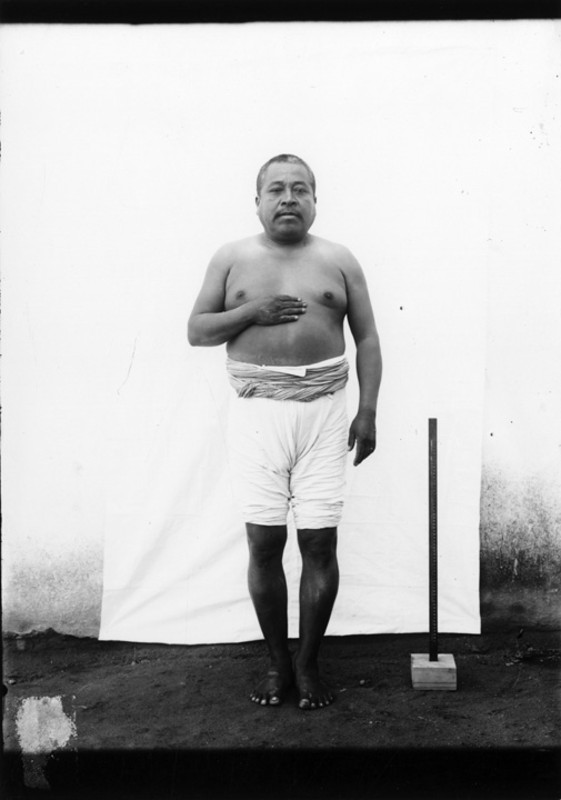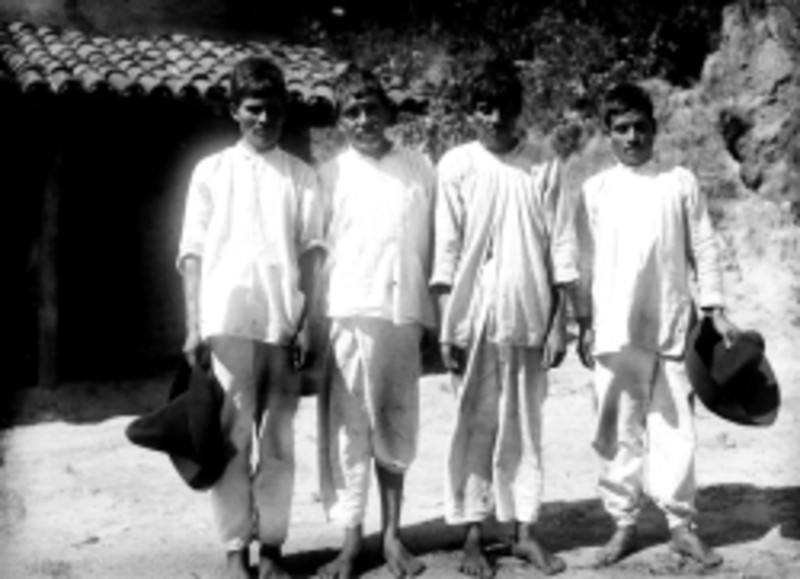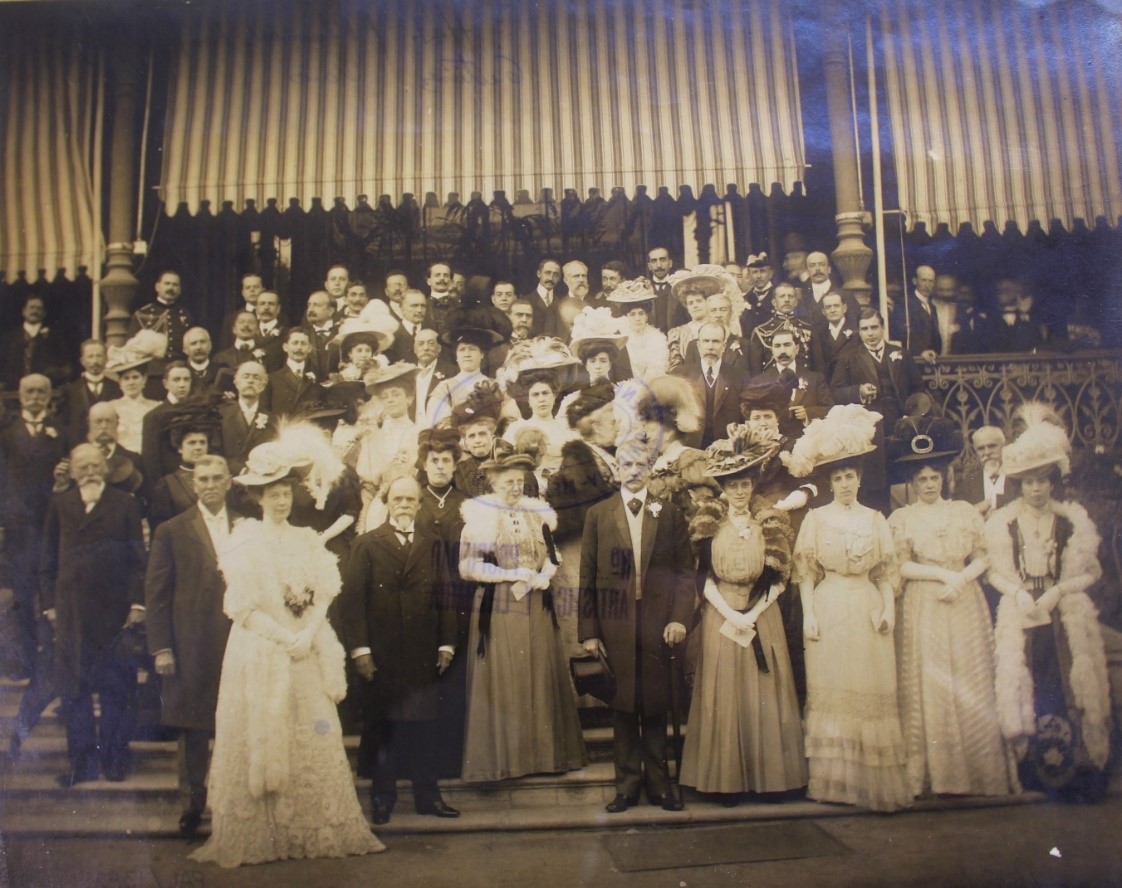
Since Porfirio Díaz came to power things in the country began to transform in many ways, one of them was clothing. Although etiquette options changed naturally over time, Díaz soon established new policies to “unify” the clothing of the Mexican population as much as possible and give it a European and more “refined” touch.
According to Florencia Gutiérrez, a PhD in History from the Colegio de México, the idea of this transformation began with the political elites, since Porfirio took the presidential chair they tried to promote the use of trousers and certain grooming practices, both in clothing and on the body of the popular classes.
In an effort to change the appearance of Mexican society, the use of “blanket pants that allowed cold air to circulate freely” was prohibited, a garment used mainly by indigenous and rural groups, as it was a great alternative for heat and work in the countryside.

To achieve this goal, campaigns were launched in the areas of work in cities and rural areas. They were focused on “uniforming the labor contingent, in order to adapt the appearance of spokesmen, shippers and wallets to the parameters of order and cleanliness required by a cosmopolitan city”.
On the other hand, historian Arturo Ríos explains that the condemnation of the blanket pants was one of the many whims of the Oaxaca-born president. Since the idea came to his cabinet, he dedicated himself to enforcing it in all the states of the Republic “a decision that found no opposition in the other rulers”.
The dictator's idea was to build a more homogeneous society in every way because by “preventing men from wearing white pants, they were forced to wear their pants”. The same source points out that this was one of the many ways to “modernize” Mexico, since it was thought that “this image would denote the country's advancement, considering that the traditional attire of indigenous people and ranchers was a sign of economic and social backwardness.”

In addition, Florencia Gutiérrez details that the concern for clothing became a fundamental aspect since the beginning of the Porfiriato, this because in times past the clothing styles were very varied. You could find people who wore elegant garments in the style of the Second Empire, men dressed in charros with beards and sideburns, women with cloths on their heads, as well as people in blanket clothes, hats and shawls.
The historian specifies that the aspect of citizens began to be evaluated under “prejudices and moral assessments, it was considered as a cataloguing role aimed at prejudging private conduct and public behavior”.
On the other hand, all people who had a neat appearance began to be looked at with good eyes, because having an impeccable appearance became a “symbol of morality and guarantee of social order”. It should be noted that access to “good clothes” was not as simple and everyday as it is today, for this reason, only the upper classes could have access to the finest suits.

Jalisco was one of the main states where this rule began to be followed, because General Ramón Corona, governor of the entity, was a great friend of the president. Although there was resistance from the peasants, they had no alternative but to abide by the new policy, since it was warned that “there would be sanctions for those who ignored this system”.
Over time, the goal was achieved and the use of ordinary trousers was the most used during that time, in addition, European trends, specifically French ones, were responsible for dictating the style of the expensive dresses and ostentatious hats worn by the privileged classes.
The Oaxacan government was full of ups and downs and this historical event is considered by some experts to be “an excessive measure” that changed many aspects in the lives of the lower-middle classes.
KEEP READING:
Últimas Noticias
Debanhi Escobar: they secured the motel where she was found lifeless in a cistern

The oldest person in the world died at the age of 119

Macabre find in CDMX: they left a body bagged and tied in a taxi
The eagles of America will face Manchester City in a duel of legends. Here are the details

Why is it good to bring dogs out to know the world when they are puppies



